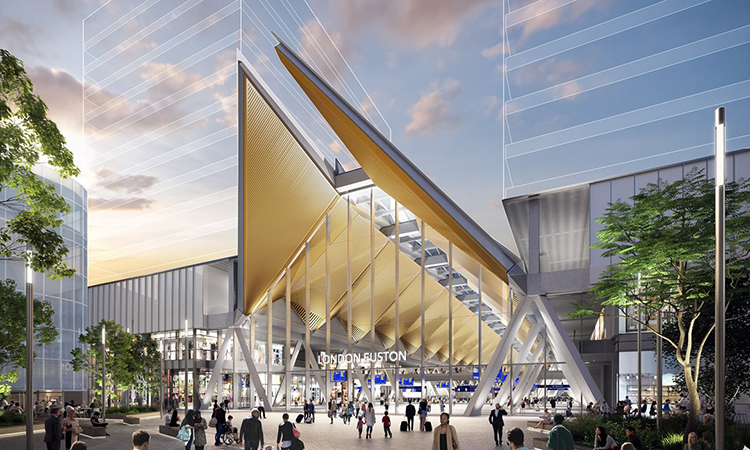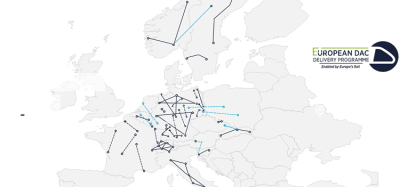HS2 to use AI and LiDAR sensors to develop future stations
Posted: 8 June 2022 | Elliot Robinson (Editorial Assistant - Global Railway Review) | No comments yet
HS2 stations will be developed using AI to create a stress-free passenger experience of the future as part of a collaborative project led by OpenSpace Group.


Credit: HS2
In a UK-first, an SME graduate of HS2’s Innovation Accelerator programme is harnessing the power of Artificial Intelligence (AI) and laser-based LiDAR sensors developed by the automotive industry to help design a stress-free passenger experience of the future.
The collaborative project, led by high-tech SME, OpenSpace Group Ltd, is part of HS2 Ltd’s Innovation programme and brings together the company delivering Britain’s new high speed rail network with Network Rail; intercity train operator, Avanti West Coast; and the University of Birmingham. Called ‘Future Stations Living Lab’, it is the first time a train operator has come together with infrastructure providers and academia to put the passenger at the heart of design through digital twin technology.
In a radical break from the past, the six-month proof-of-concept project will use LiDAR technology to digitise passenger flow data and inform the design of future HS2 stations, delivering an improved, low-stress customer experience. Traditionally stations have been designed, built, and run in a way that focused on smooth running of trains for the benefit of passengers. Future Stations Living Lab will put passengers at the heart of design by creating a real-time replica of the existing Euston station in London.
Content you may also enjoy:
HS2 announce first diesel-free construction site
HS2 reveals the design of new Infrastructure Maintenance Depot
Central to the project is the combination of computer vision systems with cutting-edge LiDAR sensors that will capture highly accurate people movement data at Euston’s forecourt, concourse, and ticket gates. Developed by the auto industry to guide driverless cars, just one LiDAR sensor has the potential to collect movements across the station’s large forecourt and concourse areas.
The anonymous data will be overlaid on a virtual replica of Euston station and used to generate gaming-derived simulations of how people use various key station locations and “what-if” scenarios. The unprecedented granularity of the data will provide new insights into how people interact with the station, which will enable new opportunities for designing passenger-centric stations of the future The data will also help Network Rail and Avanti West Coast to develop both the customer experience and safety procedures of the existing mainline station.
“Future Stations Living Lab is doubly innovative because it draws on both Artificial Intelligence and Virtual Reality technologies as well as know-how from the automotive and video gaming industries, and is rail’s first inter-sector collaboration,” Heather Donald, Innovation Manager for HS2, said. “Using digital data from a live mainline station it will establish, for the first time, information to aid future design and operations.”
“This innovative collaboration will help forge a new chapter in station design and operations,” Nicolas Le Glatin, Founder and CEO of OpenSpace Group Ltd, said. “It will fuse an array of emerging digital twin technologies for the benefit of customer experience.”
Related topics
Artificial Intelligence (AI), Digital Twins, Digitalisation, High Speed Two (HS2), Passenger Experience/Satisfaction, Station Developments, Technology & Software
Related organisations
Avanti West Coast, HS2 Ltd (High Speed Two), Network Rail, OpenSpace, University of Birmingham








